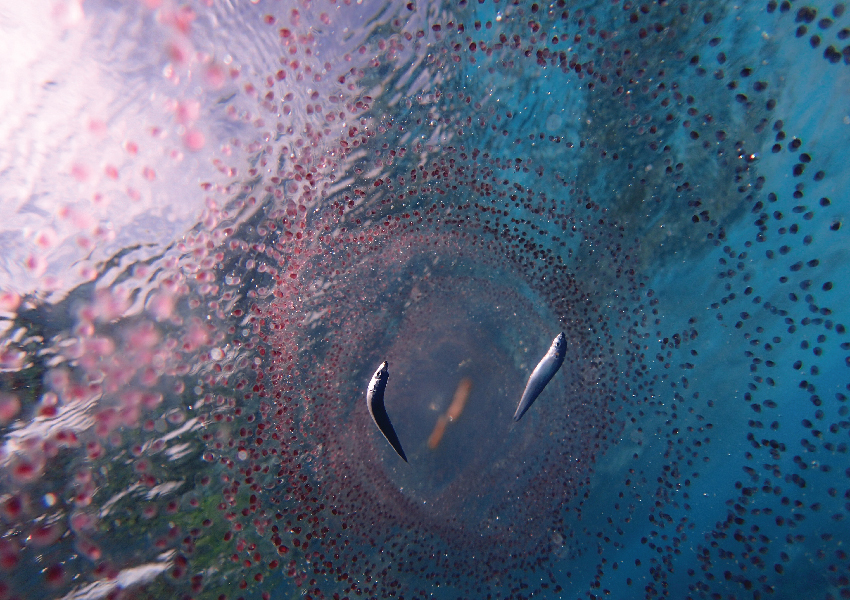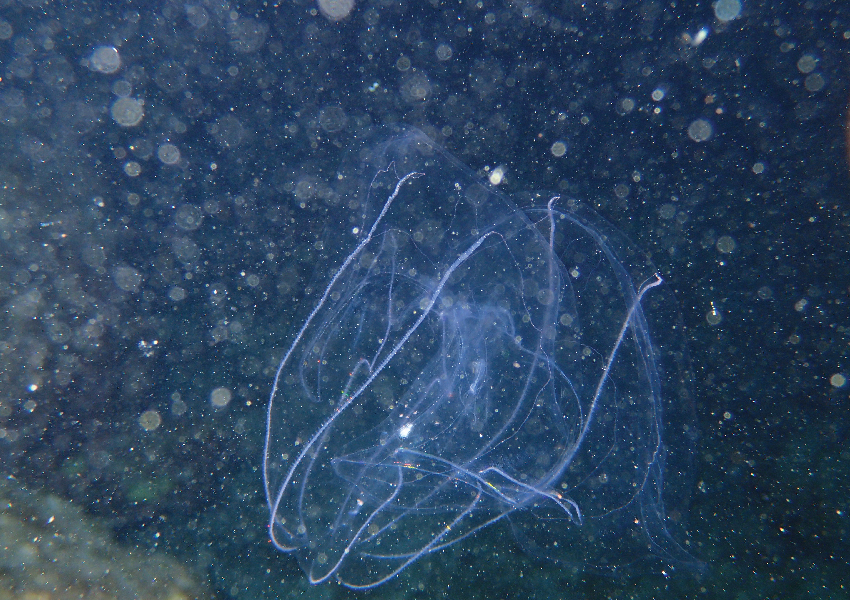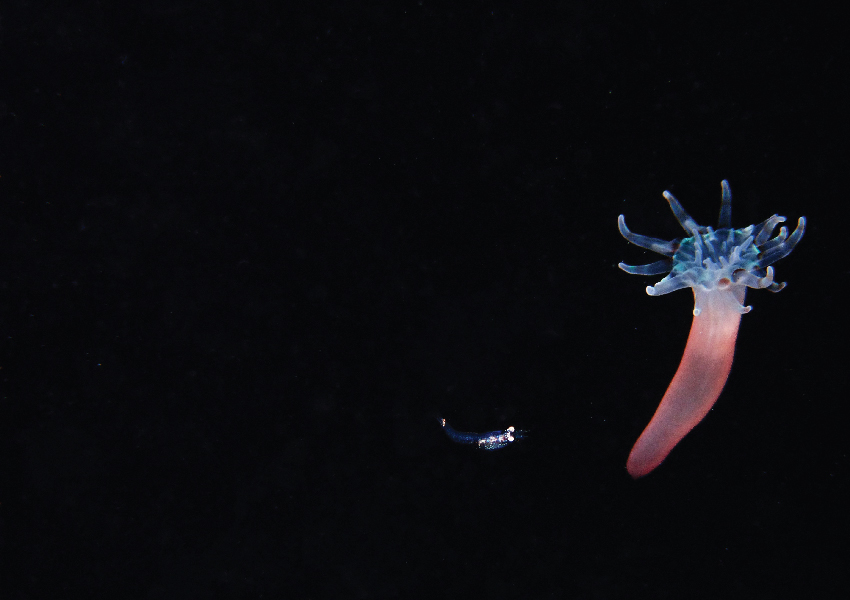USAAN - Water Sports Instructor & Dive Master
An Ocean Full of StarsAt the very bottom of the marine life cycle are phytoplanktons. Although invisible to the naked eye, these tiny single-cell microalgae and bacteria are responsible for the enchanting phenomenon of bioluminescence and are the foundation of the food chain for our vibrant and diverse marine ecosystem.
Phytoplanktons grow by photosynthesis, using sunlight and nutrients in the water (nitrogen, carbon, oxygen and phosphor) to produce energy with which to grow. They in turn provide nourishment for zooplankton, a mixture of fish larvae, early stages of crustaceans, fertilized and unfertilized corals’ eggs.
Frequently, phytoplankton and zooplankton are present in the water together, starting the food web for the rest of the marine animals that call our ocean home, including giants such as whale sharks and manta rays.
When snorkelling or diving in the presence of phytoplankton, the water can appear milky, greenish, or at times even slimy. Although this can be frustrating for guests as it affects visibility, it is a healthy, and indeed essential part of the food chain, and necessary for nourishment and water oxygenation. Another occurrence affecting visibility is coral spawning. This is the biggest reproduction event in the sea. Again, spawning is a sign of a healthy and balanced reef.
Although phytoplankton might be guilty of affecting the visibility of your dive, they make up for it in a magical way. During summertime and in monsoon-changing seasons, this green mass can gift snorkellers and divers with a spectacular phenomenon: bioluminescence. Occurring at night, this beautiful sight is a chemical reaction which is triggered by a physical disturbance, such as a hand waving in the water, a foot rubbing the sand on the beach or a fin kick. In response, the water is lit up by these microorganisms that shine for just milliseconds, converting the dark ocean into a sea full of stars.
The reason for these reactions is unknown, but this beautiful mysterious inter-communication between animals in the ocean is a wonder to see.






 English
English  РУССКИЙ
РУССКИЙ  DEUTSCH
DEUTSCH  简体中文
简体中文  Spanish
Spanish